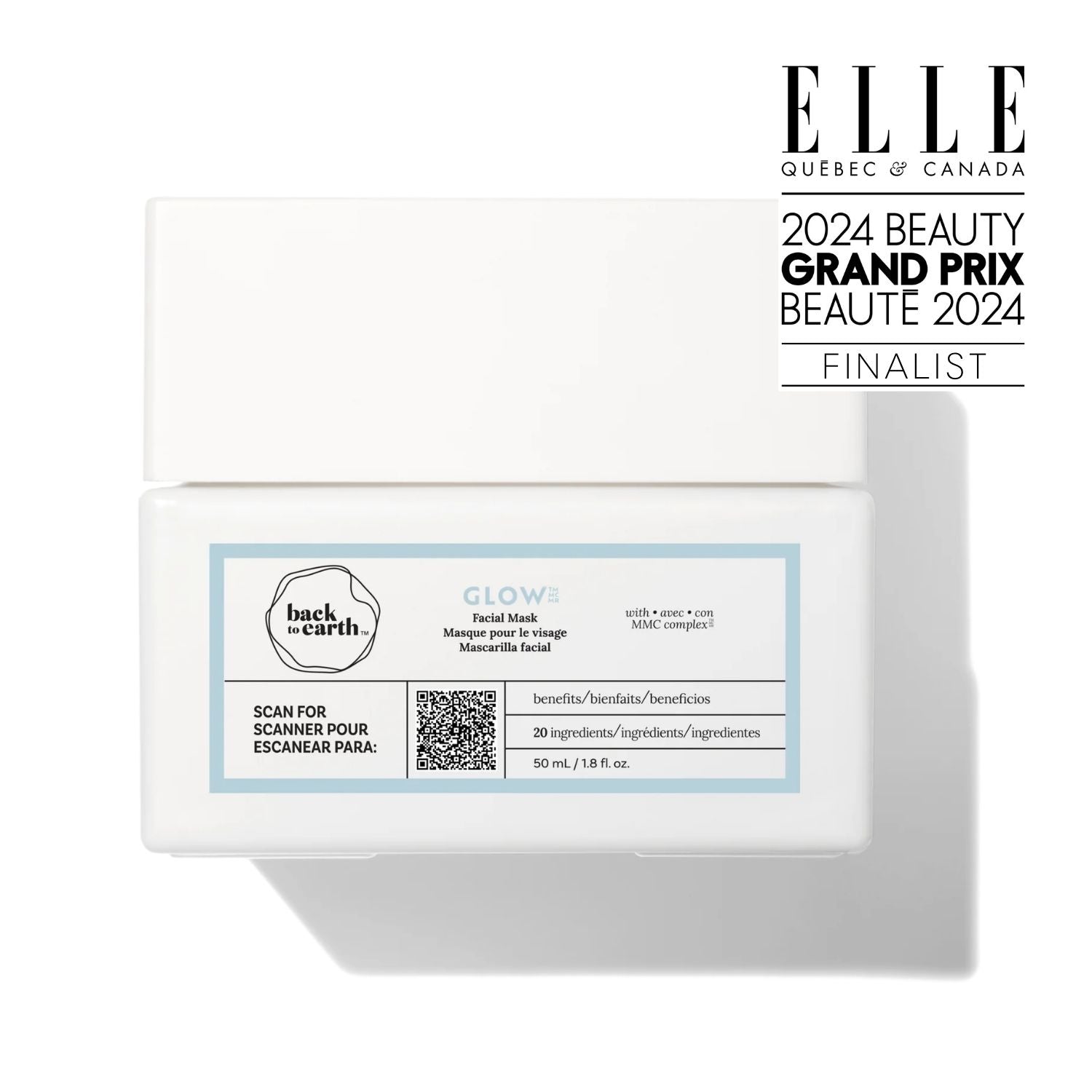What Is Greenwashing?
Many of us are worried about the state of the planet. We hear about climate change causing hotter temperatures, severe storms, drought and the extinction of plants and animals and we want to do something to help. That’s why eco-friendly goods—from clothing and beauty products to food and décor—are so attractive. They promise to take the fate of our planet seriously by using sustainable, ethically sourced materials, reducing pollution and cutting back on waste.
But just because a product claims to be sustainable or eco-friendly, doesn’t always mean that it’s a good buy. Here’s what to know about greenwashing so you can make informed purchasing decisions.
[product_grid]
Greenwashing defined
In a nutshell, greenwashing is when a brand markets itself as a green, eco-friendly or sustainable company, but doesn’t put the same effort into minimizing its environmental impact. The brand may make itself seem more eco-conscious than it actually is by using buzzy language and evocative imagery and downplaying any unsustainable practices.
Common examples of greenwashing
Here are some ways that a brand might greenwash their products:
- Highlighting only pros and hiding cons: A brand might call out eco-friendly or sustainable ingredients in their products, but avoid mentioning (or drawing attention to) ingredients that may harm the environment or your skin.
- Using vague language: A brand should be able to explain exactly how it is sustainable, eco-friendly or kinder to the planet.
- Lack of proof for claims
Why is greenwashing a problem?
It simply means that we each have to do research and ask questions when we buy from a brand to ensure that it is producing products in a sustainable way—from how it sources its ingredients to the ways it packages and transports its goods.

